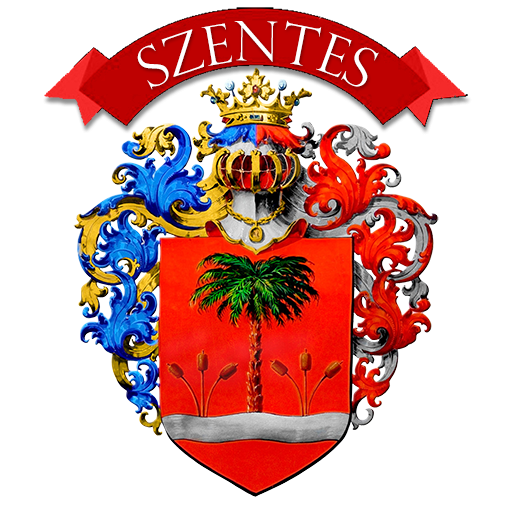Natural resources
Szentes is situated in the Southern Region of Hungary, in Csongrád County, surrounded by the Tisza and the Triple – Körös, on both banks of the River Kurca that runs through the town. Szentes is the third most populous town of Csongrád County. The area is plain situated south-east of the Tisza and Körös crossing. Its character is determined by two big areas: The Southern Tisza-valley part of the Lower-Tisza area and the Körös-Maros area.
Szegvár belongs to the first area, while Árpádhalom, Nagymágocs, Szentes, Derekegyház, Eperjes, Fábiánsebestyén, Nagytőke belong to the second big area.
Szentes and its surroundings is a typical plain area with all the characteristic features of the Great Plain: black soil and the world of isolated little farms that belong to it, navvy holes, and the bank of the River Tisza and the valley of the Triple-Körös. The former streamlet system was used as a channel for the inland waters. Its unique natural resource is the rich geothermic water supply. On the administrative territory of the town 32 geothermal wells are in use. The temperature of the water is 85-90 centigrade and the water capacity is between 600-1600 litre/min. This resource is also used in tourism and economics. Thermal water ensures the heating of apartments, public institutions, glass houses and also supplies the thermal spa and the swimming pool.
The thermal waters of Szentes are alkaline hydrogen-carbonated waters, the well number II. of the Hospital and the wells of Ilona-part contain high level of fluoride so they are mineral waters with fluoride.
The water of number I. well of the Hospital of Szentes was declared medicinal water by the Health Care Ministry (505/GYF)
This is the town’s first well from 1957. Its water is suitable for the treatment of joint disorders, rheumatism and chronic gynaecological diseases. The water comes from 1735 meter and its temperature is 71oC. More than half of the wells of Szentes are over 80oC. The 32 thermal wells situated on the administrative territory of Szentes have the same parameters, and according to chemical examinations, the results of the hospital’s well are the same as the other wells’
The woods of the River Tisza and the surrounding plain areas (Cserebökény puszta) are the homes of the different types of herons (small egret, common- and night heron), birds of prey (falcons), white and black stork, bittern, song birds, bee hawk, hobby, blue falcon, long-eared owl, quail, corncrake, peewit, godwit laughing-bird.
The water flora is also decisive: (water -lily, water chestnut). The different gallery forests of the flood-plain: willow-, poplar-, soft-wood, oak-ash, elm-tree gallery forest. The plain areas are dominated by the plant communities of the marsh: Their most precious bird types are the hen-harrier, blue falcon, ferruginous duck, stilt-bird, avocet, godwit, redshank, tern, corncrake, bustard, and stone curlew.
